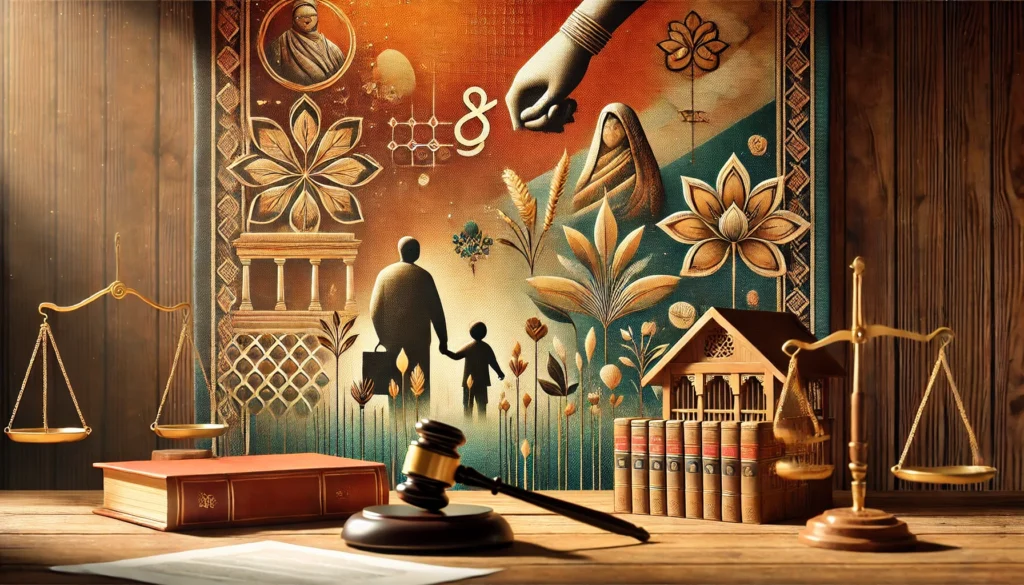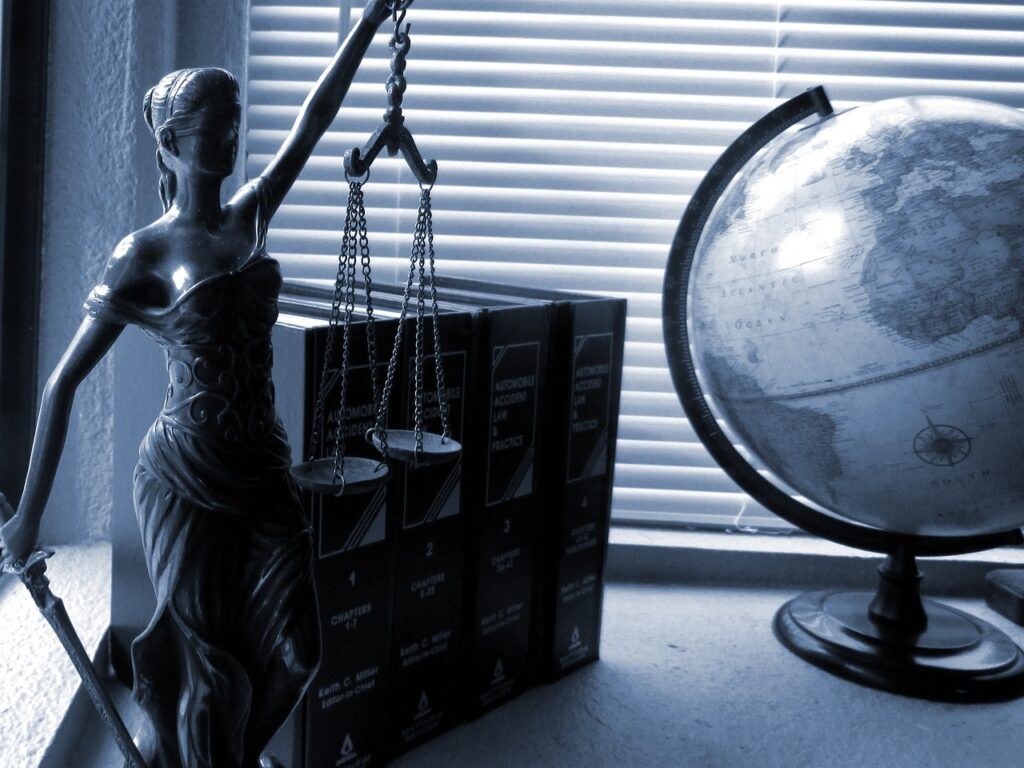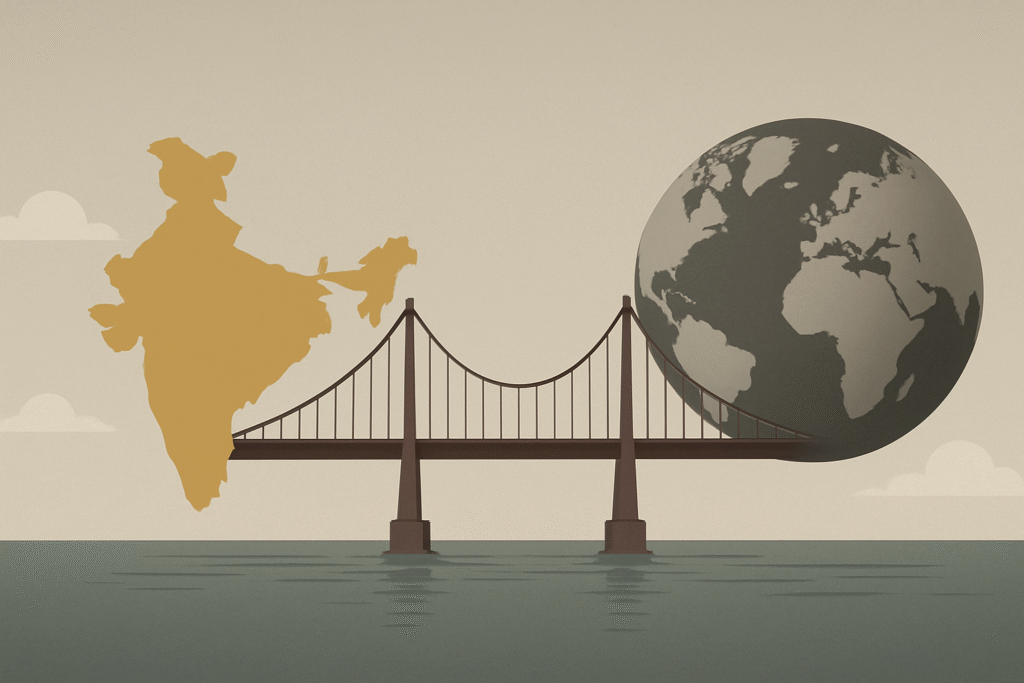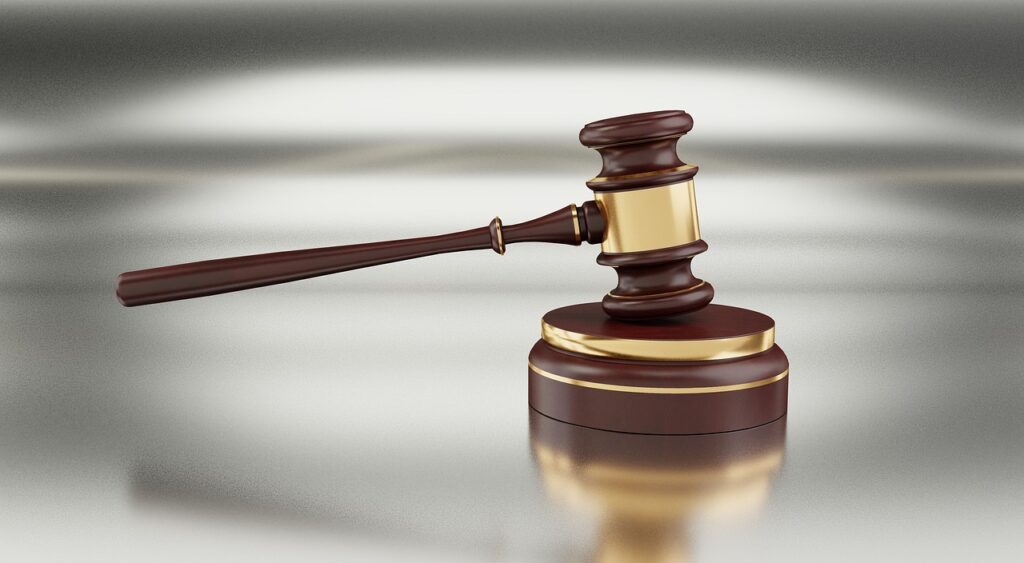Published on: 29th October 2025
Authored by: Subashree M
Chennai Dr Ambedkar Government Law College Pudupakkam
Abstract
Facial Recognition Technology (FRT) is a biometric and Artificial Intelligence. It has revolutionized surveillance and identification methods globally. In India, enforcement agencies has triggered serious concerns regarding individual privacy, data protection and misuse. This Article explain into the legal and ethical implications of FRT in the Indian context, analyzing the interplay between surveillance and Constitutional Rights. This Paper explores this balance through a legal and ethical concerns.
Keywords
Facial Recognition, Data Protection, Biometric, individual privacy, ethical implication, surveillance, Constitution Right
Introduction
Facial Recognition Technology uses to identify the individuals based on their facial features. While it also enhance efficiency in Crime control and public safety. People raises the question of our privacy, consent and potential misuse. In India, the right to privacy has been recognized as a fundamental right under Article 21 of the Indian Constitution ( as declared in Justice K.S. Puttaswamy v. Union of India, 2017). As a result, the deployment of facial recognition systems without explicit legal backing raises serious questions about consent, proportionality, transparency, and accountability.
This article aims to critically analyse the legal and ethical concerns surrounding facial recognition in India, with a focus on its implications for the right to privacy. It will also explore international perspectives and suggest possible frameworks for responsible use and regulation of this evolving technology.
What is Facial Recognition?
Facial recognition system is a sophisticated way to verify someone’s identity using an algorithm that processes a digital image or video frame.
Face recognition is a form of artificial intelligence (AI) that mimics a human capability to recognize human faces. Just like when a human recognizes a face, facial recognition software captures facial features and creates a pattern of facial features which it uses to identify or group a face.
Use of Facial Recognition Technology in India
1. Law Enforcement and Surveillance
● Indentification of Person Interest ( Including the suspected criminals)
Example: Chennai City Police has Started using Facial Recognition Software integrated with CCTV networks for tracking habitual offenders and identifying suspects during public events.
● Indentification of Missing Persons:
Example: Tamil Nadu State commission for Protection of Child Rights has Considered integrated FRT with ,missing Children database.( e.g., Chithirai festival i Madurai)
● Crowd Control
Example: At events like Jallikattu in Madurai,
Thaipusam in Palani, FRT enabled Surveillance cameras are used to manage large Crowds.
2. Private Sector
● Banking and Financial Services
Example: State Bank of India (SBI), headquartered in Tamil Nadu, has piloted facial Recognition- based ATm withdrawals.
● Malls:
Example: Phoenix Market city, Chennai, and other large malls use AI- enabled surveillance systems integrated with FRT.
● Educational Institutions
Example: Some private schools and engineering college ( e.g., Chennai, Coimbatore and trichy) use face recognition for attendance.
( automatic staff and student attendance)
● Corporate offices
Example: It parks like SIPCOT IT Park (Chennai) and corporate offices in the OMR IT Corridor habve Adopted FRT for access Control systems.
Hospitals
Example: Some Private hospitals in Tamil Nadu, especially in Chennai, use FRT in patient check- in systems.
● Real Estate
Example: Premium residential societies in Chennai, Coimbatore, Trichy and Erode use facial recognition for visitor management.
3. Educational Institutions
● Student Attendance:
Example: The Tamil Nadu School Education Department had initiated pilot facial recognition systems in some government schools in Chennai and Coimbatore.
Public Higher Education (Colleges/Universities)
Example: Some government – aided colleges and universities like Anna University or TNAU campuses have Explored using FRT for exam hall verification and student Attendance
4. Airports, Railway station and Public place
● Chennai International Airport
Example: Chennai International Airport has implemented Digi yatra, a facial recognition based system for seamless and paperless travel.
( Passengers register their face through the DigiYatra app. At the Airport, face scans replace boarding passes and ID at entry gates, and boarding Points. recognition based system for seamless and paperless travel).
● Chennai Central Railway Station ( Dr. MGR Central Station)
Integrated with AI powered CCTV cameras for real- ti me facial recognition
Surveillance across Platforms and reservation Counters.
Other location: Similar systems are being extended to Tambaram, Chennai Egmore, Coimbatore, Madurai, Trichy Railway Stations.
● Public Spaces:
Bus Stands ( e.g., Kilambakkam, koyambedu)
Markets (e.g., Koyambedu Market)
Tourist Spots ( e.g., Meenatchi Temple)
Religious festivals (e.g., jallikattu)
Background: Privacy In the Indian constitutional Framework
The Foundation of the privacy debate in India rests on the landmark Supreme Court ruling in Justice K.S. puttaswamy v. Union of India (2017)10 SCC 1, AIR 2017 SC 4161, where a nine- judge bench held that the right to privacy is a fundamental right under Article 21 of the Indian Constitution.
Article 21 : The foundation for privacy in Indian law lies :
“No person shall be deprived of his life or personal liberty except according to procedure established by law”
This Judgment laid the groundwork for scrutinizing state actions that may intrude upon personal autonomy, dignity, and informational privacy.
FRT and similar surveillance tools must respect individual dignity and liberty.
Any restriction on privacy must satisfy the three-fold test
1. Legality:
There must be a law in existence
2. Necessity:
The action must serve a legitimate state aim
3. Proportionality:
There must be a rational nexus between the action taken and the aim pursued, ensuring that the means are the least restrictive
Deployment of FRT in India
● Government Use
The National Crime Records Bureau (NCRB) launched a system to help police find criminals and missing people using face data.
At airports like Chennai, the DigiYatra system allows people to board flights using just their face—no need for paper tickets or ID.
● Smart City Projects
In city like Chennai smart cameras with facial recognition are placed at traffic signals, railway stations, and parks to improve people security.
● Private Sector Use
Banks, malls, corporate offices, and online exam platforms use FRT for security, attendance, and identity verification.
Legal framework Governing Privacy in India:
Privacy is a part of Fundamental Rights in India.
India does not have a dedicated law on facial recognition.
The primary sources of the legal safeguards are:
1. The constitution of India
The Right to Privacy is protected under Article 21 – Right to Life and Personal Liberty.
In the Landmark case Justice K.S. Puttaswamy v. Union of India (2017), the Supreme Court said:
Privacy is a fundamental right protected by the Constitution.
2. Information Technology Act, 2000
This Act protects personal data collected online.
Under Section 43A, companies must keep user data safe and pay compensation if they fail.
Rules under the IT Act (2011) also require websites and apps to:
Take consent before collecting personal data.
Inform users about how data is used.
3. Digital Personal Data Protection Act (DPDP), 2023,
In Indian Government, a new law implement to protect the people’s Personal digital data.
This Act Express the points of :
1. Personal data can only be collected with consent.
2. People have the right to access and delete their data.
3. A Data Protection Board will be set up to handle complaints.
Ethical Concerns Surrounding FRT
1. Violation : Right to Privacy
Facial recognition collects and stores personal data like your face often without your full knowledge. In India, the Right to Privacy is a fundamental right under Article 21 of the Constitution.
2. Lack of Consent
FRT is used in public places like airports, railway stations, and streets where people are not even aware that their faces are being scanned. There is no clear way to opt-out or give informed permission.
3. Risk of Surveillance
FRT can be misused by governments or private bodies to watch and record people’s movements constantly, leading to mass surveillance
4. Discrimination and bias
Facial recognition systems are often trained using limited datasets.
As a result, they may misidentify people, especially women, children, and individuals from darker-skinned or minority communities. This bias can lead to unfair targeting, false arrests, or raising serious concerns about equality and justice.
Comparative Perspective: FRT Regulation
1. United States
No single national law on FRT. Some cities (like San Francisco )have banned FRT use by government agencies.
Concerns over privacy and racial bias have led to growing public pressure to regulate its use. Private companies often use FRT without strict limits.
2. China
In China, Widespread use of FRT by the government for public security, traffic control, and social credit systems. Citizens are constantly monitored in schools, public places, and transport. Little to no legal restriction. FRT is part of a larger surveillance state.
3. European Union
The GDPR (General Data Protection Regulation) offers strict rules on biometric data, including FRT. FRT use requires clear consent and lawful basis.
The EU is working on the AI Act, which could ban real-time FRT in public spaces except in serious cases (e.g., terrorism).
Focus on human rights and data protection.
4. India
No specific law on facial recognition yet. Projects like the National Automated Facial Recognition System (AFRS) are being implemented. The Digital Personal Data Protection Act, 2023 provides some safeguards, but enforcement and clarity are lacking.
Concerns remain about privacy, consent, and misuse by state agencies.
Conclusion
Facial Recognition Technology (FRT) is helpful for security and identification but also brings serious concerns. It can violate the right to privacy, as many people are scanned without their knowledge or consent. FRT also increases the risk of constant surveillance and may show bias, especially against certain communities. While countries like the EU have strong privacy laws, and China uses FRT widely, India has no clear law yet. This lack of regulation can lead to misuse. India needs a proper legal framework to ensure FRT is used safely, fairly, and with respect for individual rights.




